It All Starts with Context
Why understanding your ranch’s full story is the foundation of successful management.
Walk onto any ranch today, and you’ll find a landscape shaped by decisions made over decades — sometimes multiple generations. Yet for many ranchers, the day-to-day hustle leaves little time to step back and ask the bigger questions: Is what we’re doing still aligned with what the land needs? Is it aligned with what we want for the future?
That’s where the principle of context comes in. Before applying a grazing technique, before adjusting herd genetics, before chasing new markets, successful ranchers first take the time to understand their full context: their land, their animals, their resources and their goals.
“Knowing your context is the first soil health principle, and it’s the one that makes all the others make sense,” says Joe Pokay, Noble Research Institute’s general ranch manager. “If you don’t know your starting point, how can you chart a course forward?”
Understanding context may sound simple, but it’s a powerful shift that can change the trajectory of an operation — and in today’s challenging agricultural landscape, it’s more important than ever.
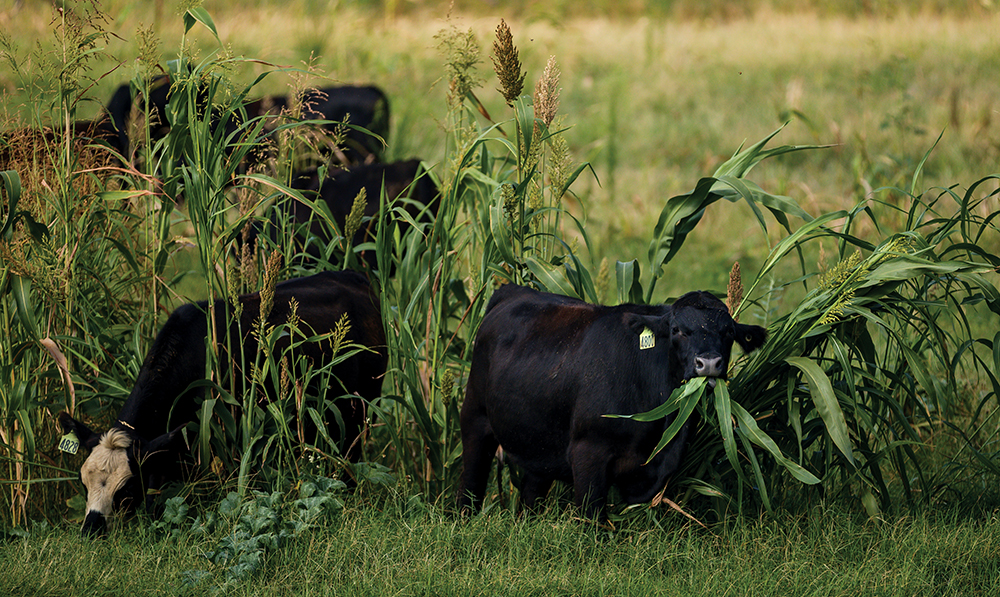
What context really means
At its core, context means understanding the complete picture of your operation. It isn’t just about knowing your soil type or average rainfall, although those are certainly important. It’s about recognizing the historical forage base of your land, the weather patterns and risks unique to your region, and the realities of your available resources, whether that’s labor, water or capital. It also means having a clear-eyed view of the people involved — family dynamics, employee capabilities, and the personal ambitions and values that shape decisions.
“Context is a complex mix,” says Josh Gaskamp, associate director of outreach and partnerships at Noble. “And if you don’t take time to write it down and think it through, you can end up managing based on habits, not reality.”
Too often, Gaskamp says, ranchers allow one part of their context — usually tradition — to outweigh all the others. It’s easy to fall into the mindset of “we’ve always done it this way.” But inertia, he warns, can quietly lead an operation down a path that’s no longer profitable, sustainable or even enjoyable.
Taking time to define and understand your full context forces a rancher to pause, reassess, and sometimes rediscover opportunities that have been hiding in plain sight.
Why context matters more than ever
Today’s ranchers face challenges their predecessors never imagined. Weather patterns have grown more erratic. Market demands are shifting faster than ever. Input costs are climbing, while available labor often feels harder to come by.
Against this backdrop, sticking rigidly to old practices without evaluating whether they still fit can be a costly mistake.
When you understand your context — when you know what your land can produce naturally, what your family hopes to achieve and what your business truly needs to succeed — decision-making changes. It becomes more intentional, more responsive to reality rather than habit. Grazing plans shift with forage availability. Livestock selection starts to match the environment, not just the conventional wisdom. Enterprises evolve to fit the land and the people managing it, rather than forcing ill-fitting models onto fragile landscapes.
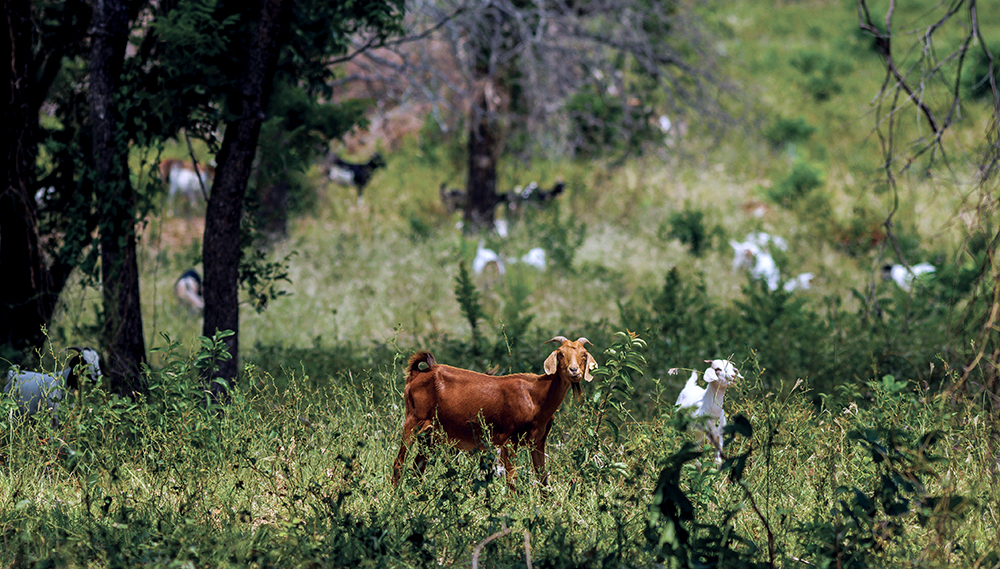
Adapting management to the land
In the Cross Timbers region of the Southern Great Plains, where Noble Ranches are located, the landscape itself offers a perfect example of how important context can be. Here, ranchers deal with a challenging transition zone between woodland and prairie, where aggressive brush encroachment threatens grassland health.
Some try to control the brush with herbicides or mechanical clearing, often at great expense and with varying success. Others, learning from their ecological context, have turned to adaptive grazing as a solution, using livestock impact to manage succession and restore native grasses.
Pokay notes that techniques like high density grazing can help stimulate soil biology and reduce woody plant invasion, but they must be used thoughtfully. Another increasingly popular approach, he suggests, is introducing goats as a targeted management tool.
“Goats naturally prefer woody browse and brush, so integrating them into your grazing strategy can provide effective control while creating an additional enterprise opportunity,” he explains.
Regardless of livestock choice, Pokay cautions against overly rigid grazing methods.
“Constant ultra-high density grazing can hurt animal performance if you don’t follow it with the right rest and recovery periods,” he says. “The land tells you when to push and when to pull back. You just have to listen.”
Rather than applying strict formulas, ranchers who work successfully within challenging ecosystems adjust their management season by season — sometimes even week by week — depending on what the forage and soil conditions dictate.
The lesson is clear: successful management isn’t about imposing a system on the land. It’s about working within the land’s natural rhythms and boundaries, guided by a deep understanding of context.
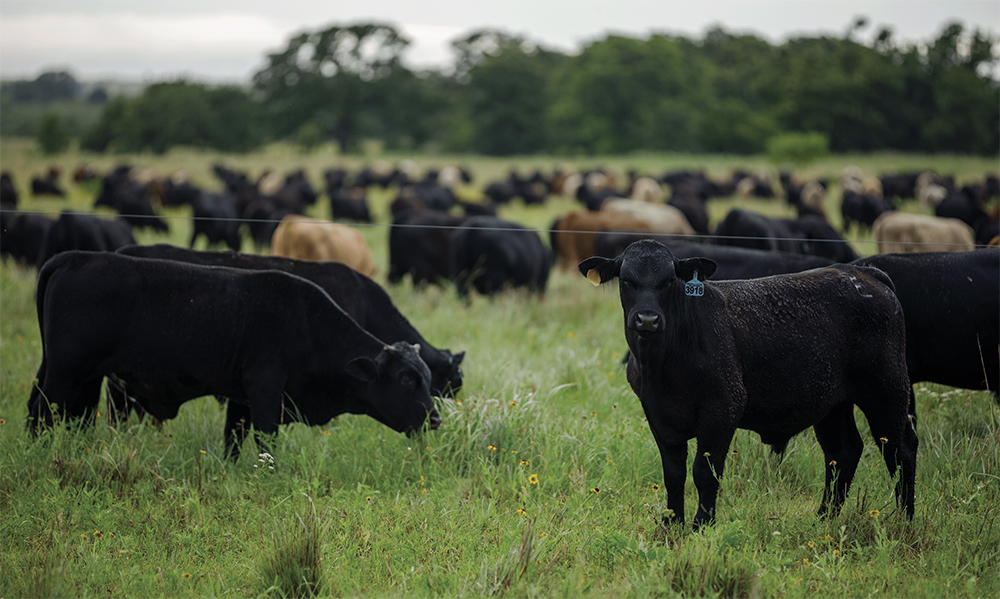
Livestock that fit the environment
Ranchers also need to consider context when it comes to their livestock. Many ranches, especially those historically relying on high inputs, run cattle that depend heavily on supplemental feed, fertilizers or intensive management. That dependence can become a liability in a regenerative system — or in a system simply seeking greater resilience.
Pokay emphasizes the importance of matching your herd to your environment. If a cow cannot breed back or raise a calf successfully on what the land provides, she simply doesn’t fit the program, no matter how good her genetics might look on paper.
“It’s not about blaming the cow,” he says. “It’s about aligning your herd with your environment. We want cattle that thrive on the resources naturally available to us, not animals that need to be propped up by constant intervention.” Sometimes, this means evaluating whether adding stocker cattle, or even transitioning entirely to a stocker operation, could be a better match for available resources than a cow/calf operation.
This philosophy, applied consistently, can reshape a ranch’s profitability and resilience over time, creating operations better equipped to handle environmental and market fluctuations without overreliance on costly external inputs.
The often-overlooked elements
It’s easy to focus on ecological or operational factors when thinking about context, but Gaskamp stresses that personal and business goals matter just as much — and often get overlooked.
Ranchers need to ask themselves difficult but essential questions. What kind of life do you want for yourself and your family? Do you envision a multigenerational legacy, or is your goal a thriving business that supports your current lifestyle, regardless of who takes over? Are you seeking diversification to buffer against market shocks, or do you prefer simplicity, even if it means narrower margins?
Without clarity on these questions, ranch management decisions can drift, leading to frustration, burnout or financial strain.
Even a simple exercise — sitting down at the kitchen table and sketching out your land, personal and business contexts — can reveal hidden strengths, gaps and opportunities. Gaskamp has seen ranchers uncover new enterprises, like wildlife leases or agritourism ventures, by reevaluating what their land can offer and what they personally hope to achieve.
Often, the biggest breakthroughs come not from adding new practices, but from realigning existing ones with a clearer understanding of context.

Knowing where you are
Context isn’t a box you check once and forget about. It’s something you revisit as your land changes, your goals evolve and new opportunities emerge. It’s a living, breathing part of ranch management, just as vital as rain or sunlight.
At its heart, regenerative ranching isn’t about copying a list of practices from someone else’s playbook. It’s about reading your own land and life and fitting your management to match.
“When you know your context, the rest of the soil health principles fall into place,” Pokay says. “Regenerative management practices become natural extensions of good decision-making. They’re not something you force. They’re something that fits.”
If you’re looking to build a ranch that’s profitable, resilient and aligned with your long-term vision, don’t start by asking what new practices to try. Start by asking what your context truly is — and let the answers guide the way.
Because success isn’t always about doing more. It’s about knowing better where you stand.
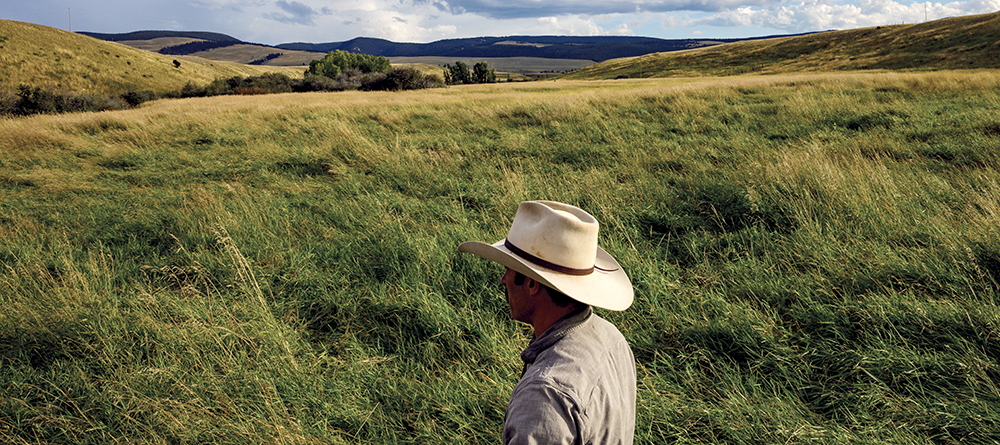
Key Reminders When Defining Your Ranch’s Context
By Josh Gaskamp, Noble Associate Director of Outreach and Partnerships
Understanding the full picture of your ranch – your unique context – is essential for making sound decisions and avoiding the pitfalls of one-size-fits-all solutions. Instead of mimicking what others do, apply regenerative principles that cater to things like your ranch’s management history, resources, goals for the future and market opportunities.
When you’re ready to get started, use this quick reference guide to help you think about your ranch’s unique context.
Factors That Define Your Ranch’s Context
Operational:
- Property history (ownership, agricultural use, ecological)
- Land values and taxes
- Production goals and objectives
- Economic and financial goals
- Types of enterprises on the ranch
- Livestock genetics and epigenetics
- Infrastructure constraints (water, fencing, facilities, topography)
- Forage base and grazing practices
- Soil health parameters
- Biodiversity
- Climate, region and environment
- Available markets
Personal and Social:
- Individual background, education, experience and knowledge base
- Powers of observation
- Desired quality of life
- Family and employee dynamics
- Future succession plans
- Roles and responsibilities on the ranch
- Influence of neighbors and others
- Willingness to learn and level of risk tolerance
- Belief system
Practical Next Steps to Evaluate Your Context
- Gather information on ranch history, family, employees, future plans, markets, quality of life, succession plans, enterprises, management practices, livestock genetics, forage base and constraints.
- Conduct a detailed tour of the ranch to observe your land base, facilities, water resources, fencing and livestock.
- Use simple tools (e.g., shovel, water infiltration ring, soil thermometer, refractometer) to assess soil and plant health.
- Research historical ecological context to understand the land’s potential.
Act on Your Context
Are you ready to find the opportunities in your operation? Take the first step to identifying new opportunities by defining your context using your answers to these three questions:
- Is what we’re doing still aligned with what the land needs?
- Is it aligned with what my family and I want for the future?
- Is it aligned with what I want for my business?
You may be surprised at what you find.
Comment
Leave a Reply
4 comment on: "It All Starts with Context""


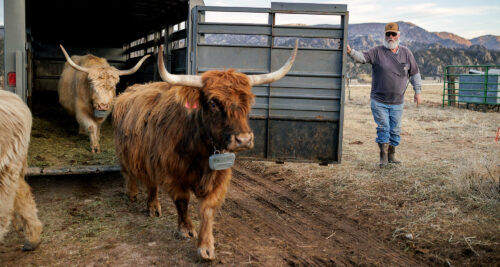
Steve Nelle
August 12, 2025Best articles I have ever seen from Noble. Critically important for any rancher or any landowner.
Noble Research Institute
August 15, 2025We are happy that you liked it and we agree!
Darrell Howard
August 12, 2025“Context”
The next step after Burke Teichert “Holistic”
Good in depth article.
Keep it up!
Noble Research Institute
August 15, 2025We are glad you liked it!